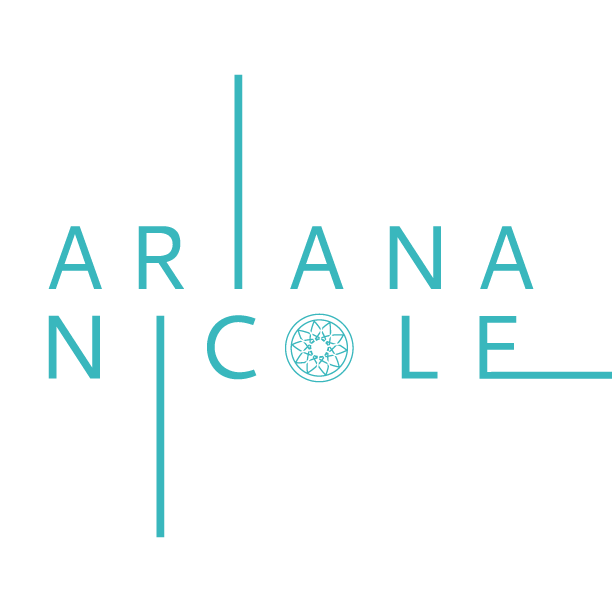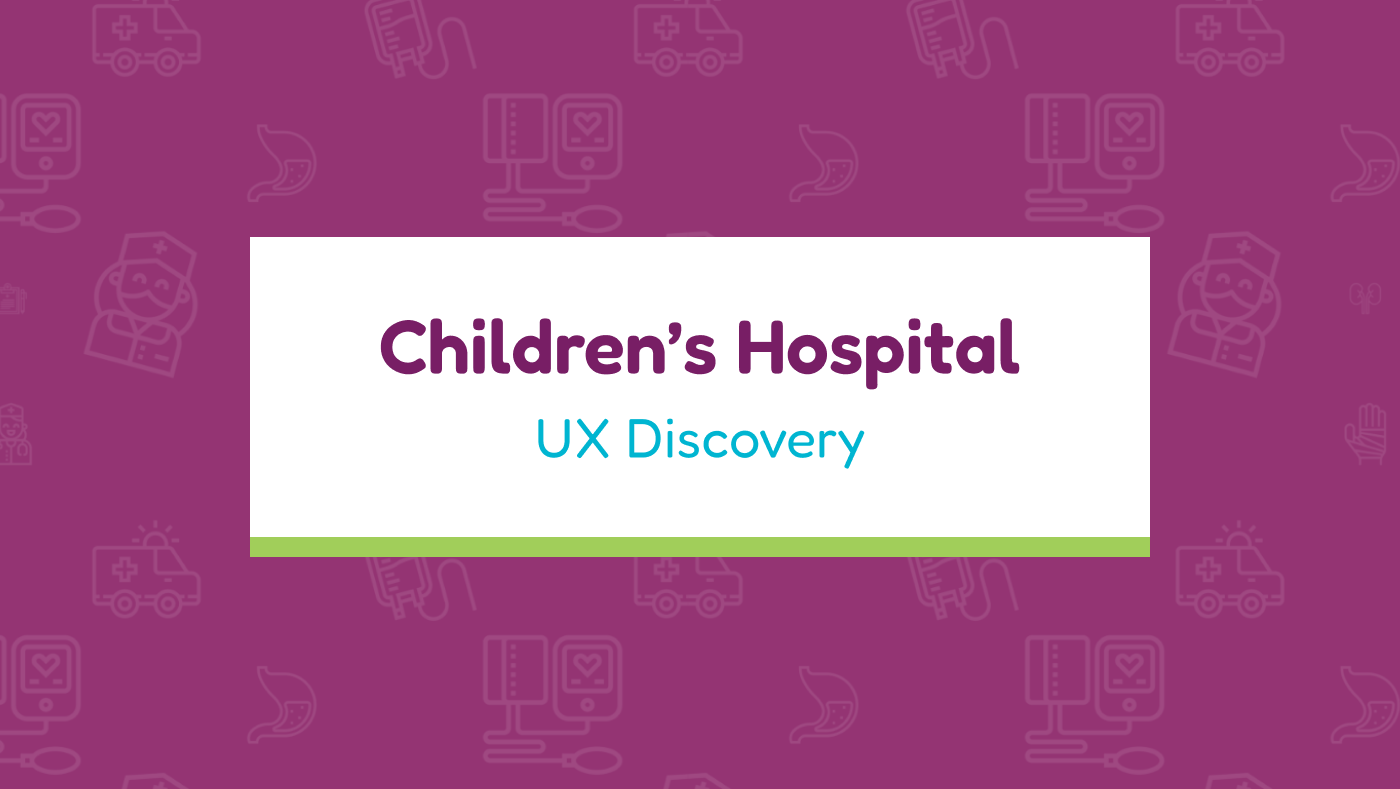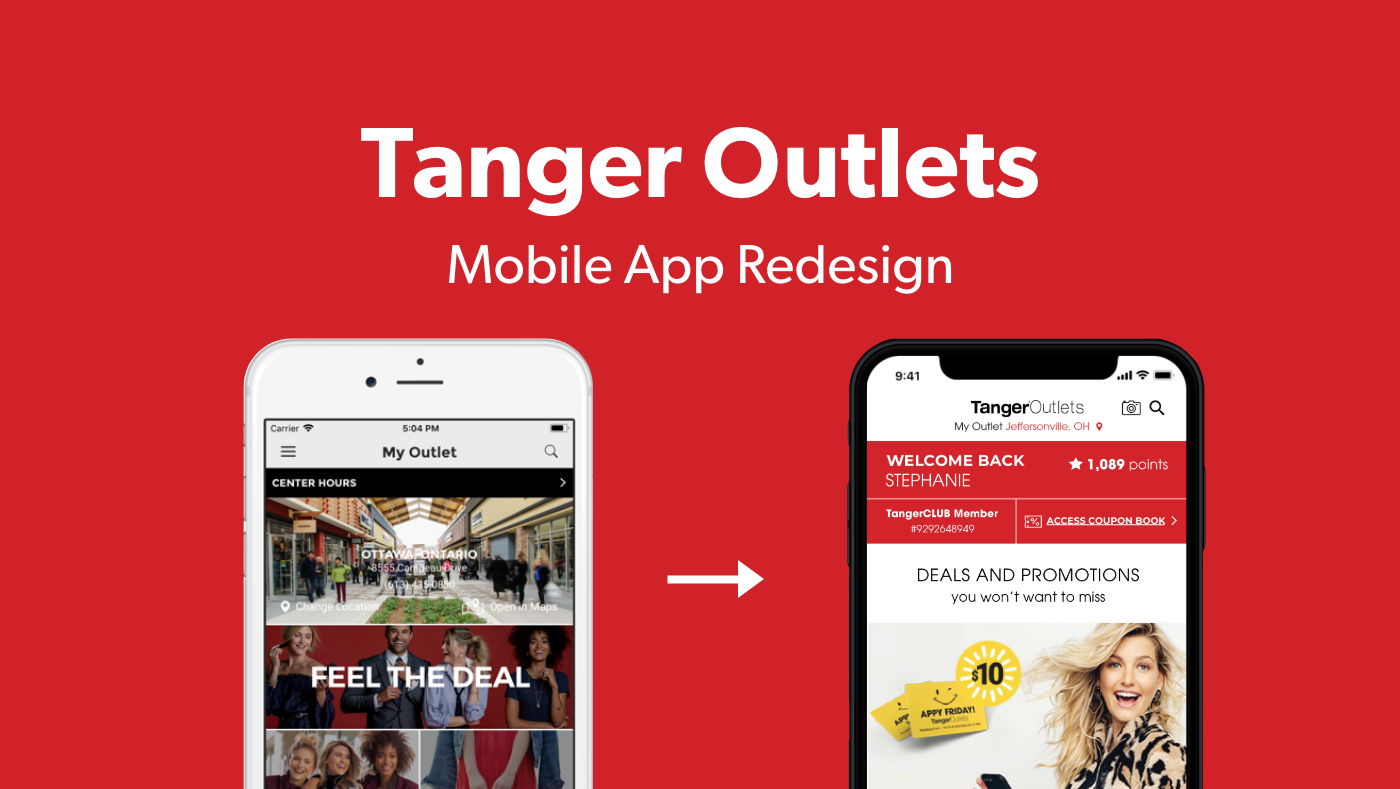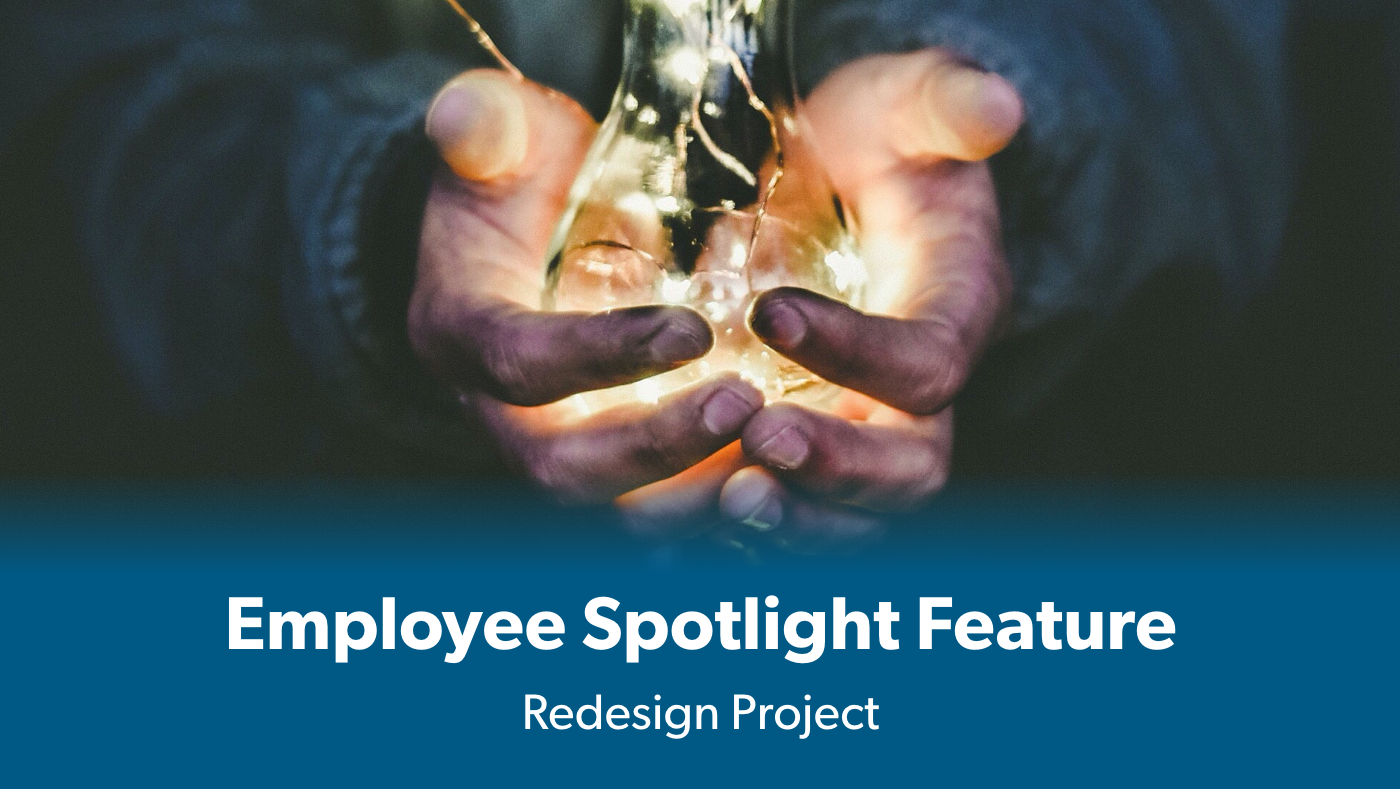Background
StartCharlotte was dedicated to empowering the entrepreneurial community in the Charlotte area with their digital platform, StartCharlotte.com, but they needed help with their website’s user experience. Ultimately the client wanted to redesign the website but after discussing the organization’s goals and pain points with the existing site, we agreed the best course of action would be to tackle the most essential goal first: growing subscribers for StartCharlotte’s weekly email newsletter.
Project Details
Timeline: 2 weeks | My Role: UX Lead
My responsibilities as the sole UX Lead on this project were:
Analytics Research. Reviewing StartCharlotte's Google analytics to get an understanding of how users interacted with the platform and seek out opportunities for improvement.
Present Findings and Recommendations. After reviewing the website's analytics, I summarized my findings and crafted UX recommendations for improvements based on the level of effort it would take to implement - low, medium, or high.
Wireframe Designs. To meet the client's ask to redesign their website, I put together wireframes to demonstrate UI changes that could help draw in more subscribers. I also used these wireframes to illustrate how the low-effort recommendations would look once implemented.
Analytics Research
To understand what the client needed to increase their subscription rates, I decided to focus on their current subscribers’ behavior. Before brainstorming any solutions, I needed answers to questions like:
• How many subscribers exist now?
• What motivates users to subscribe?
• How are they signing up?
• What motivates users to subscribe?
• How are they signing up?
Google Analytics has a breadth of information for basically every possible interaction, so it was essential that I narrowed down the data in my search to just the information that would help answer my questions. To do this, I did a deep dive into the data for Audience, Behavior, Acquisition, and Conversion.
Findings and Recommendations
After reviewing the client's analytics, I discovered two major findings.
Finding #1: A lot of users weren’t actively engaging with the website. Many visitors never returned after their first visit and some would leave as soon as they arrived. Without feedback from actual users, I could only speculate as to why they were behaving this way; but the analytic data did help me deduce two possible contributing factors. One, the content on the website wasn’t appealing to the audience that it was attracting. Or two, something on the website was hindering users from progressing beyond the page they initially visited.
UX Recommendation: To address these issues, I suggested increasing the number of internal links on article pages to incite their users to explore more content. This change only required low-level effort and could be implemented immediately. My next recommendation was to add a sidebar to the article pages. Doing so would require medium-level effort, and in turn, provide users with easier access to quick links and increase their opportunity to engage with other areas of the website. The high-level recommendation required the most time and effort but potentially yielded the highest reward. User testing would allow us to observe user behavior and gain a better understanding of what could be blocking them from exploring the website further.
Finding #2: Many of the users who visited the StartCharlotte website were getting there by clicking direct links; which ultimately meant they were already subscribed! I later found out this was because the organization often encouraged people to sign up for their newsletter at in-person events. A sign-up sheet was used to gather individuals’ contact information that would later be imported manually into StartCharlotte’s email list. This finding was significant because it potentially highlighted a key factor in StartCharlotte’s low subscription growth: users who were already subscribed weren’t going to subscribe again.
UX Recommendation: To attract more new visitors to the website, I provided the same style of tier-level recommendations to help the client expand their digital market reach. This included utilizing social media platforms to promote the newsletter (low effort), encouraging current subscribers to share their newsletter content with others (medium effort), and reevaluating StartCharlotte’s SEO strategy (high effort).
Wireframe Designs
As mentioned before, StartCharlotte initially reached out because they wanted to redesign their website. I created wireframes to show visual design changes they could make to the homepage to help boost their subscriber sign-ups; given the caveat that these changes were made in conjunction with at least the low-effort recommendations above. The wireframes were broken down into two levels of effort. The low-effort design suggested making tweaks to the copy, designing call-to-actions (CTAs) to be more visually prominent, and fixing a newsletter sign-up bar to the top of the page. The high-effort design proposed the same changes with the addition of a full-page CTA that would greet new users as soon as they landed on the homepage and another CTA in the footer that users would see no matter what page of the website they were on.
The Outcome
In summary, I advised the client to move forward with the following steps:
• Apply as many of the low-effort suggestions as possible.
• Closely monitor acquisition and conversion rates.
• Create an action plan to implement higher-effort recommendations.
• Conduct A/B testing after UI changes were implemented.
• Closely monitor acquisition and conversion rates.
• Create an action plan to implement higher-effort recommendations.
• Conduct A/B testing after UI changes were implemented.
We set a goal to double the conversion rate for new subscribers from .25% to .5% over the course of three months. This success metric would help us to see if the changes were truly making a difference, and provide insight into what we could improve going forward.
In the end, StartCharlotte decided to take an alternative route and merged with a close competitor named American Inno which publishes nearly 300 monthly stories and sends over 500,000 emails weekly. By partnering with American Inno, StartCharlotte was able to increase its newsletter reach to 12 additional markets in the innovation space.
My research and recommendations helped inspire the organization to think outside of the box and instead of just changing their website's interface, they decided to explore alternative options that could assist them in reaching their goal. I helped StartCharlotte (better known now as Charlotte Inno) pivot from investing in a website redesign that could have cost them upwards of $3k with the possibility of very minimal return.





